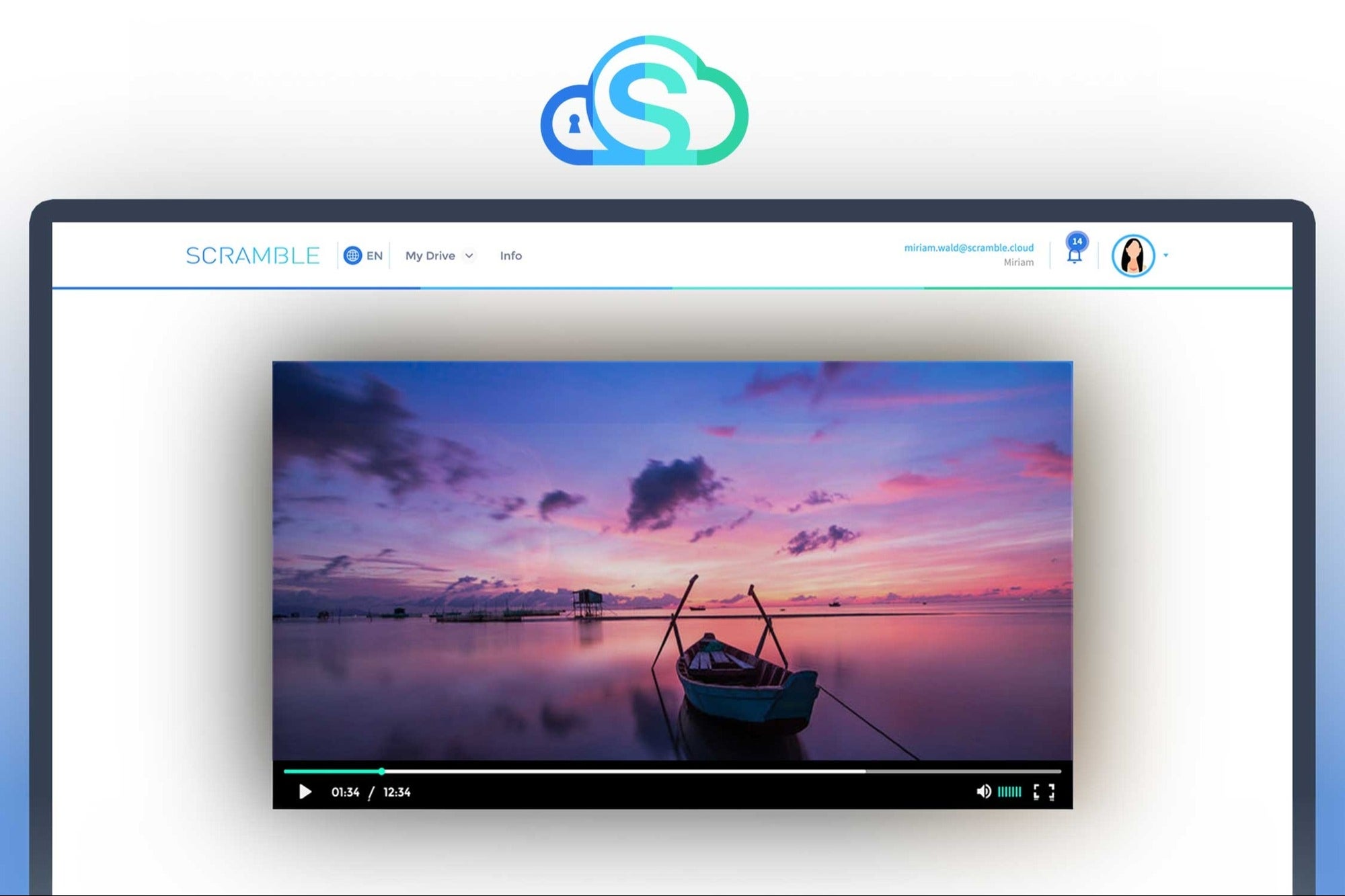How These 2 Stanford Students Turned a College Project Into a WNBA Partnership Amanda Calabrese and Greta Meyer turned a college project into Sequel, the first spiral tampon, now backed by a WNBA partnership with the Indiana Fever.
By Leo Zevin Edited by Micah Zimmerman
Opinions expressed by Entrepreneur contributors are their own.
The tampon hasn't changed much since it was invented over 80 years ago by a male doctor named Earle Haas. That might suggest the design was flawless — but ask the people who use them, and you'll hear a different story.
"Period products are unreliable in critical moments," says athlete and entrepreneur Amanda Calabrese. "For athletes, that could be sporting moments, but for a mom, it could be dropping your kids off at school, or running through the airport."
Instead of accepting the status quo, Calabrese and her Stanford classmate and fellow athlete, Greta Meyer, set out to rethink the product entirely. In 2019, they created Sequel, the world's first spiral tampon, engineered by and for people who actually use it.
Related: How This Tampon Company Overcame Investor Knowledge Gaps and Raised $11.2 Million
Engineering meets experience
The idea for Sequel wasn't born out of a desire to make money — it was about solving a real problem. Calabrese and Meyer met at Stanford, where they both majored in mechanical engineering. But their connection ran deeper than academics. Both were high-level athletes: Meyer played Division I lacrosse for Stanford, while Calabrese is a six-time national champion in lifesaving, which is a whole other story.
"I've competed around the world wearing nothing but a star-spangled Team USA bikini, sometimes for 10-hour events on the beach," Calabrese says. "You're running, sweating, constantly going from wet to dry, and then add your period on top of that."
Meyer had similar frustrations during her time on the lacrosse team. She and her teammates, often wearing white home skirts, frequently struggled with unreliable period products.
"In the locker room, they were always talking about how they could improve the experience," Calabrese recalls.
One day in a shared entrepreneurship class, Meyer approached Calabrese with an idea: why not build a better period product?
"She pointed out that we were both engineering students and athletes, and that this would be perfect for our Entrepreneurship project," Calabrese says. "I was immediately on board."
Calabrese and Meyer were so committed to the idea that they expanded it into their senior capstone. At Stanford, capstones require a working proof of concept. So the duo went above and beyond, raising $50,000 in grant funding to continue the project after graduation and prove its potential beyond the classroom.
While most college grads spent that first post-grad summer relaxing or traveling, Calabrese and Meyer traded in pool parties for manufacturing plant tours.
"We spent that summer refining our idea and learning through Stanford's accelerator, StartX," Calabrese says. "We knew we'd need funding to kick off R&D, so we focused on crafting our pitch, and not long after COVID, we closed a $1 million pre-seed round to get things off the ground."
Related: WNBA Legend Lisa Leslie on Building Legacy Beyond the Game
From the lockeroom to the lab
Starting with a clear problem gave the co-founders direction, but there were more questions to be answered before they could start developing solutions.
"Now we had to ask: Why aren't these products doing their job?" Calabrese asks. "And what exactly is the job they're supposed to do?"
After conferring with countless female athletes, they determined that the primary issue was what the industry calls "bypass leakage."
Upon deeper reflection, the duo realized this issue was the byproduct of a design flaw.
"Tampons have vertical channels that go top to bottom on the outside of the product," Calabrese explains. "This effectively funnels the fluid away from the absorbent core and down the side of the product."
Recognizing the mechanical inefficiency of this outdated design, the pair came up with the concept for Sequel's masthead product: the spiral tampon. By introducing a spiral into the tampon's construction, they created a horizontal flow path alongside the existing vertical channels. This design increases surface area, promotes even absorption and helps prevent premature leaks by disrupting the downward flow.
"We spent years testing the fluid mechanics behind the design," Calabrese says. "I even have a video from our dorm room where we were illustrating those concepts."
Eventually, they started hand-pressing prototypes.
"Greta was in a full cleanroom suit, manually applying heat and pressure to create and test each one," Calabrese recalls.
The capstone goes courtside
Since then, Sequel has flourished, becoming the first tampon partnership in the history of the NCAA by sponsoring Stanford athletics. They've worked with Athletes Unlimited, USL and Unrivaled.
Now, the company is taking its next big step, partnering with one of the WNBA's premier teams, the Indiana Fever. The founders reached out to Fever star Lexie Hull, who attended Stanford herself, and left with an NCAA national championship and a bachelor's AND master's in management science and engineering to show for it.
"Lexie remembered hearing about us as an example in one of her entrepreneurship classes," Calabrese shares. "We reached out to her to be our first WNBA ambassador, and she was so excited."
The partnership offers clear financial upside for Sequel, but for Calabrese, the intangibles matter even more. "These athletes are role models," she says. "Thousands of little girls across the country look up to players on the Fever and see themselves in these athletes."
She notes that the first period product someone uses is often the one they stick with for life.
"Getting to work with real-life superheroes like Lexie Hull means everything to the young audience we want to reach," Calabrese says. "But beyond that, we're normalizing conversations around tampons and period care, ultimately aiming for them to be seen as essential game day gear, just like soccer cleats."
After six years of research, testing, development, and navigating FDA commercial standards, Sequel is beginning to make waves in an industry that hasn't evolved in decades.
"We believe Sequel can dramatically improve the experience of athletes and fans everywhere," Calabrese says. "From little girls playing softball to the moms cheering them on, everyone deserves better."
With its spiral design and athlete-driven mission, Sequel isn't just redesigning a product. It's redefining the conversation around period care.












